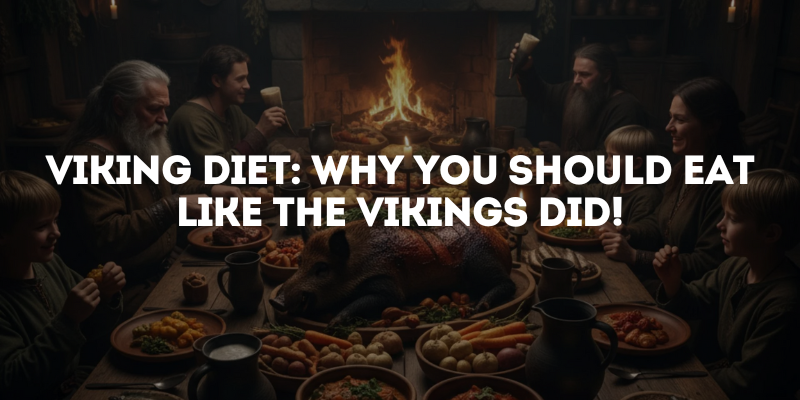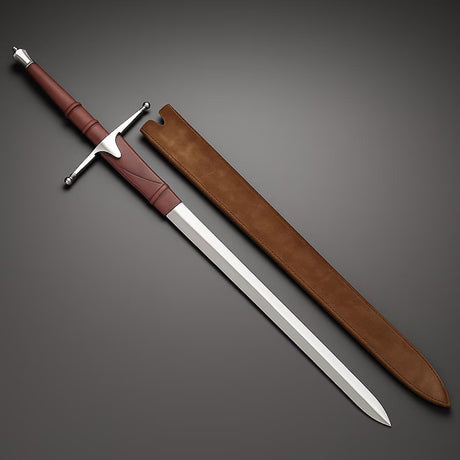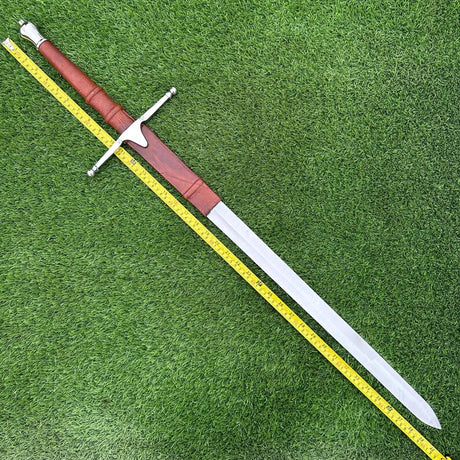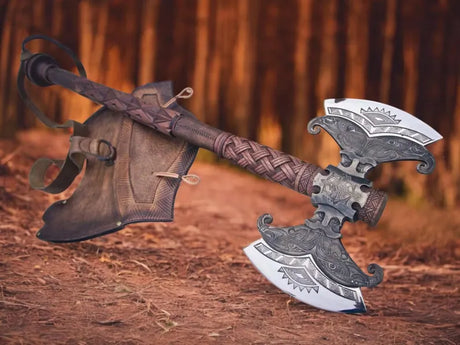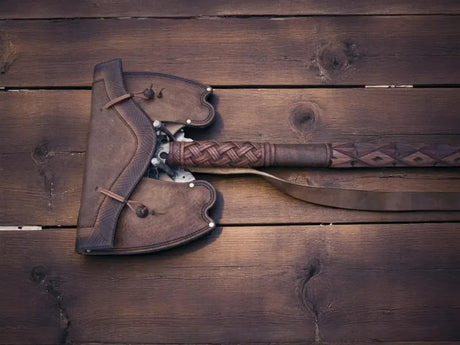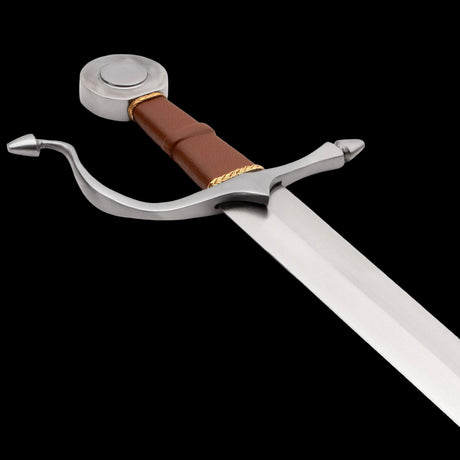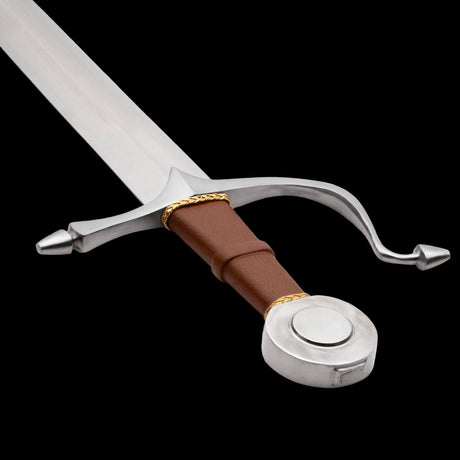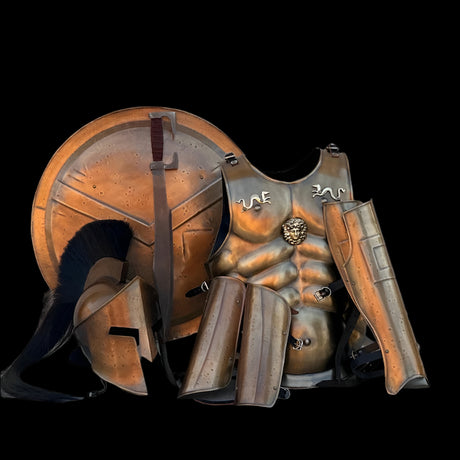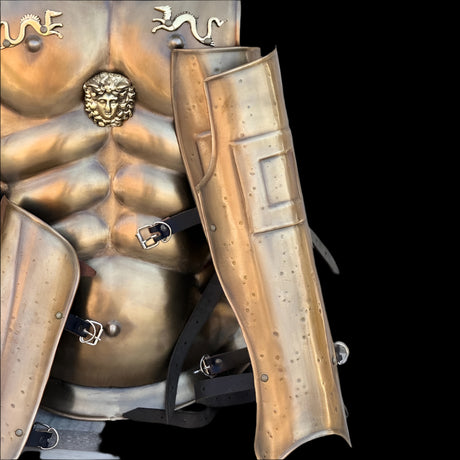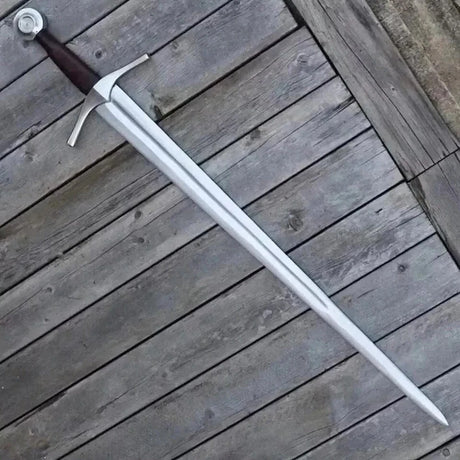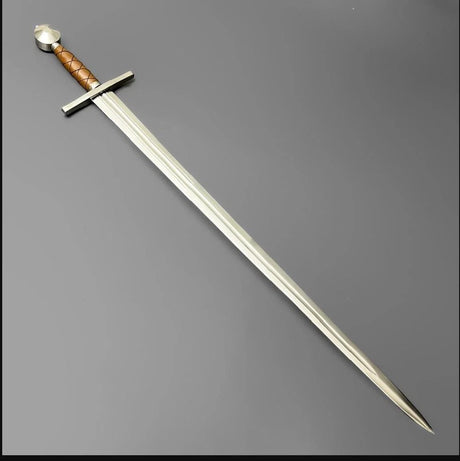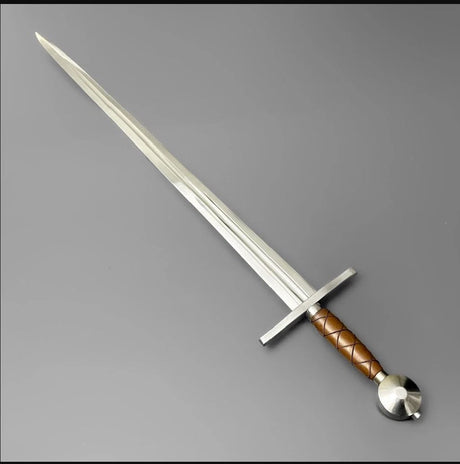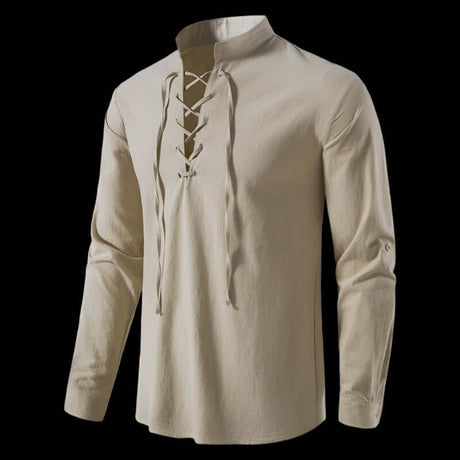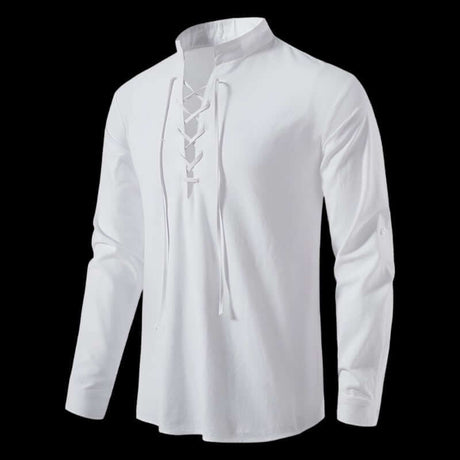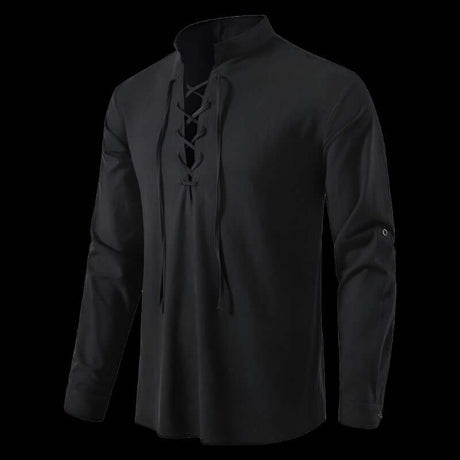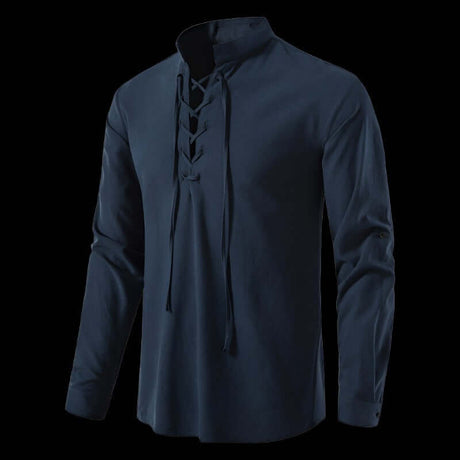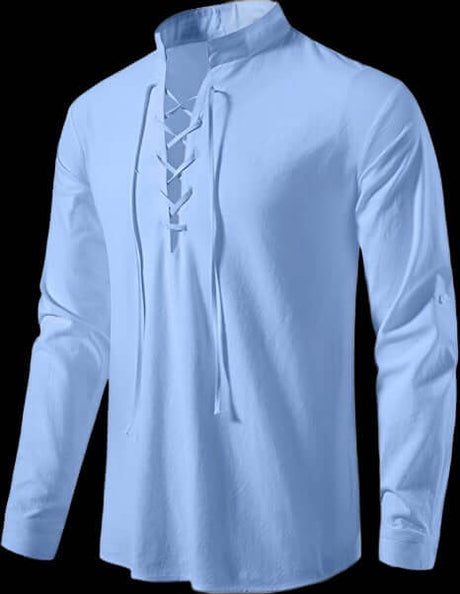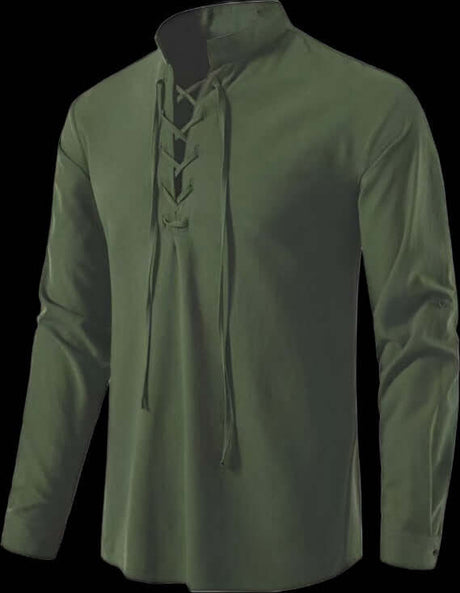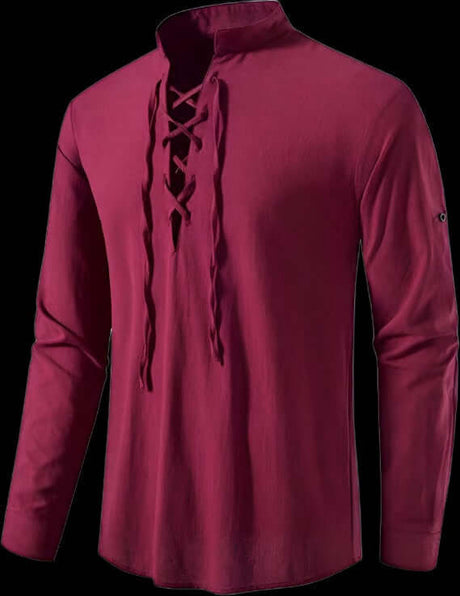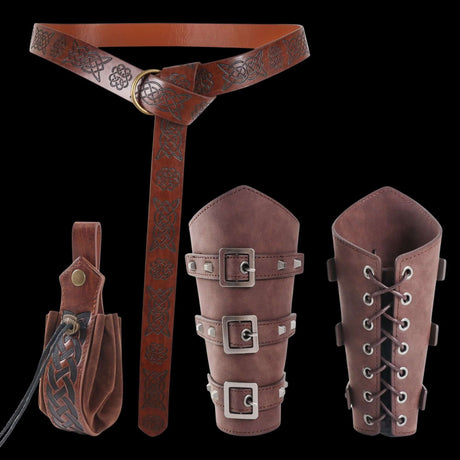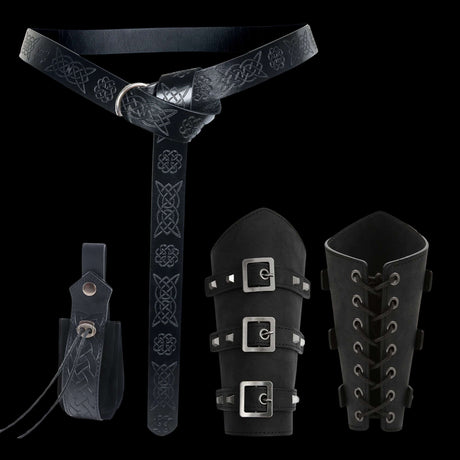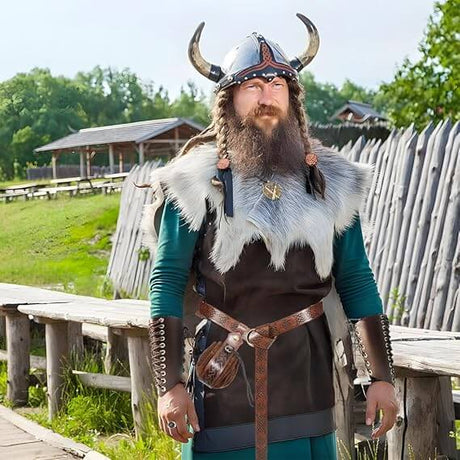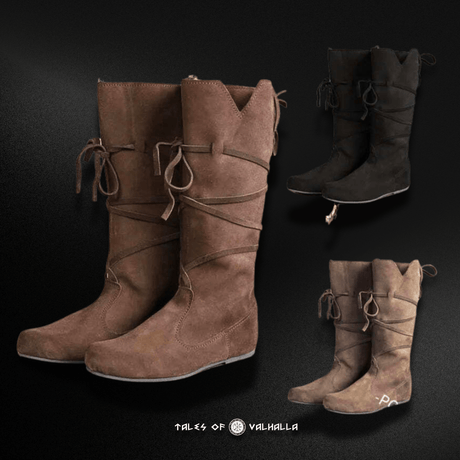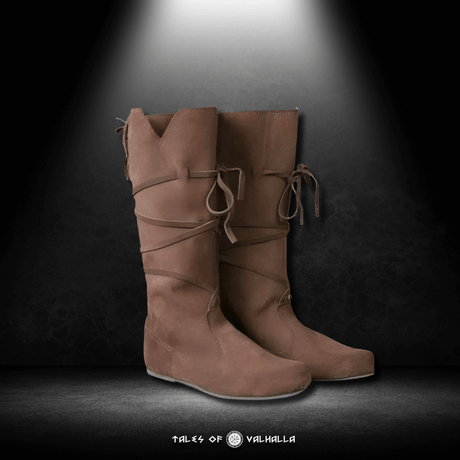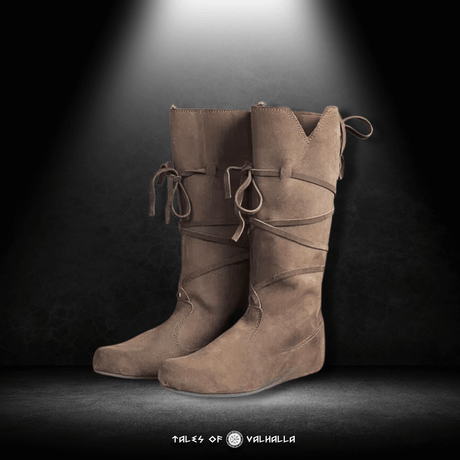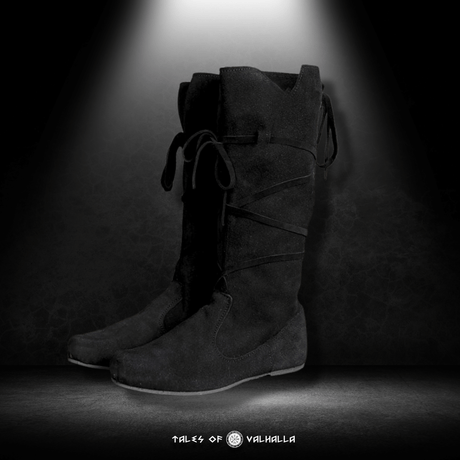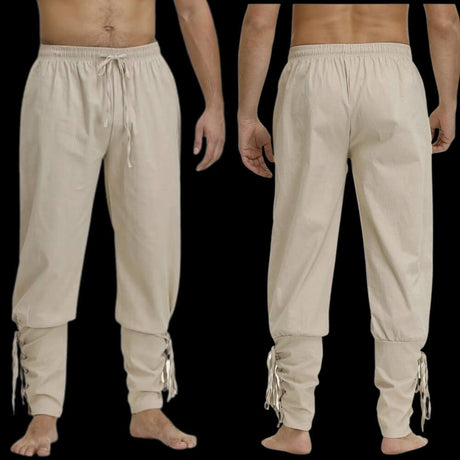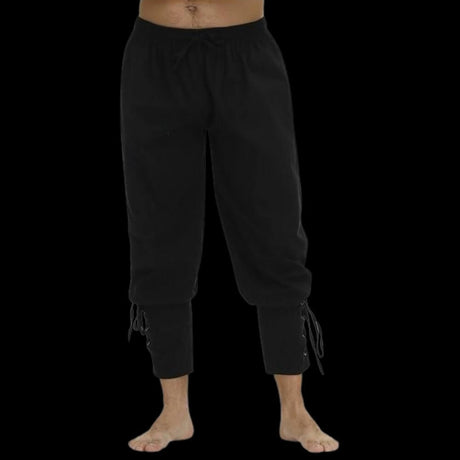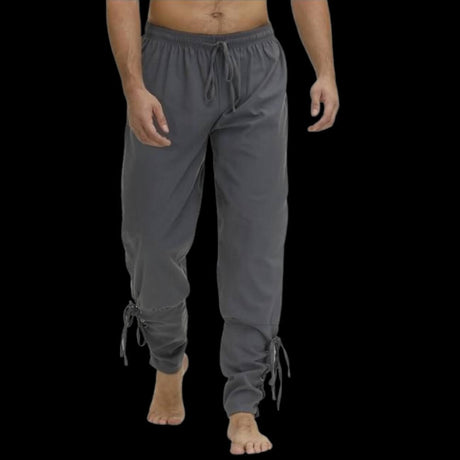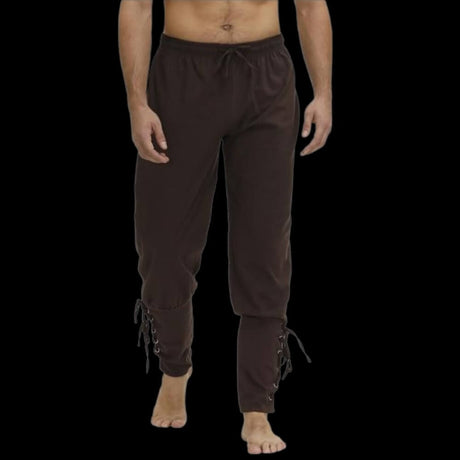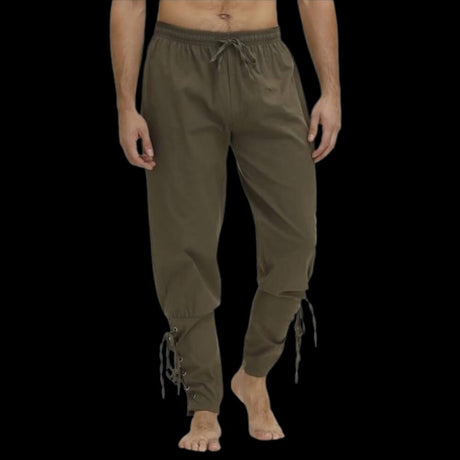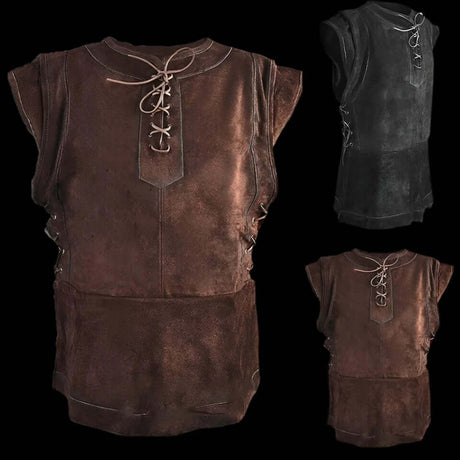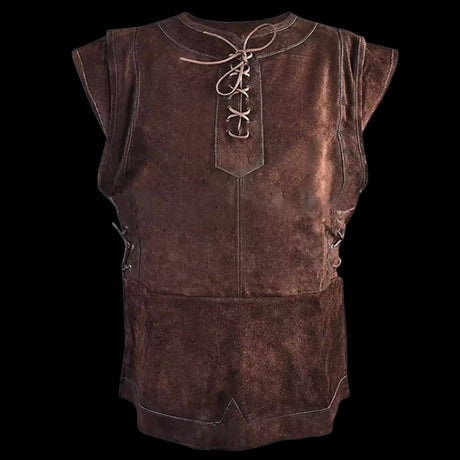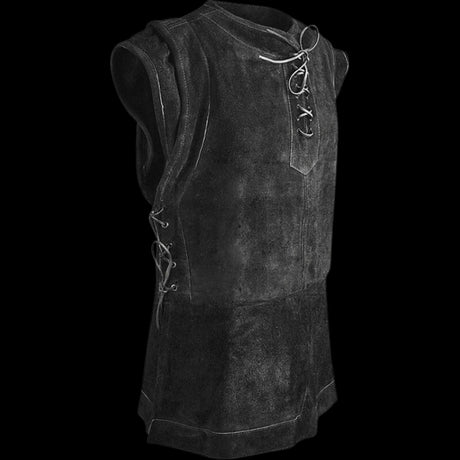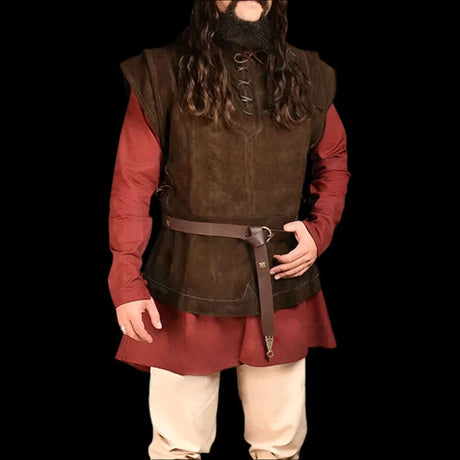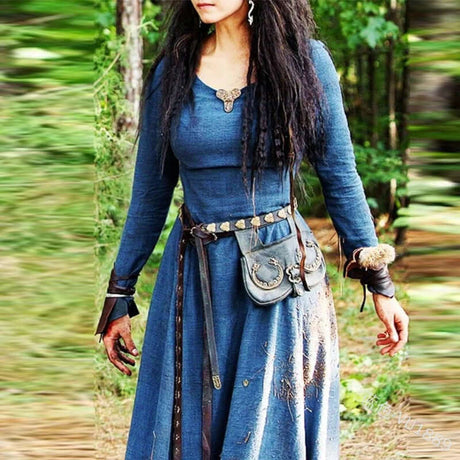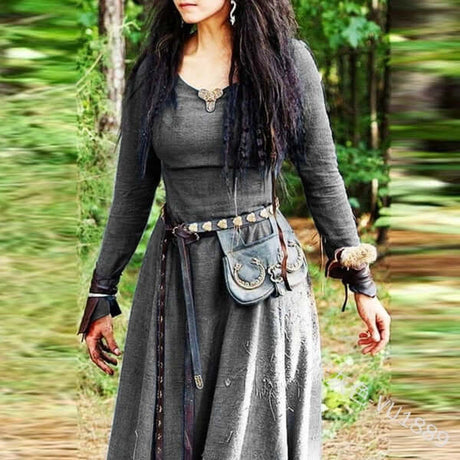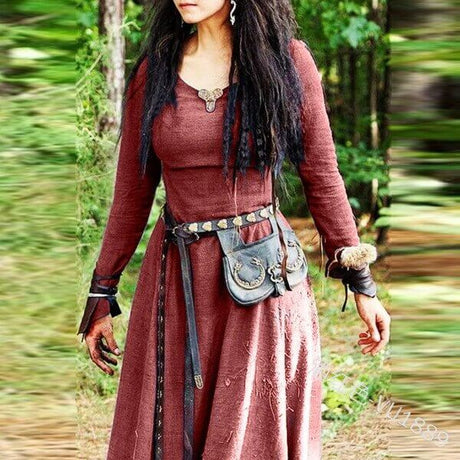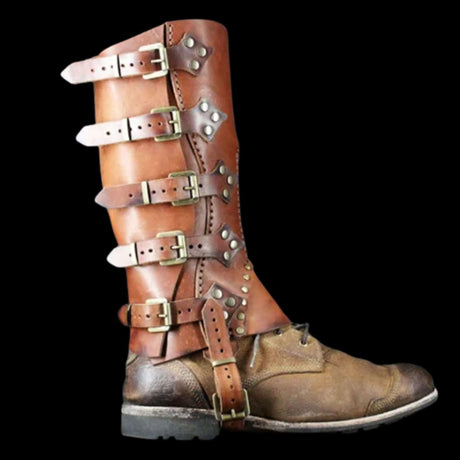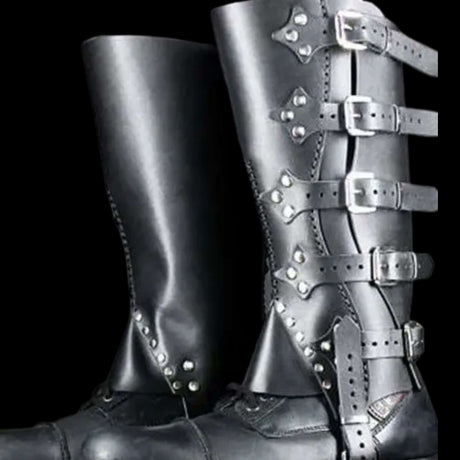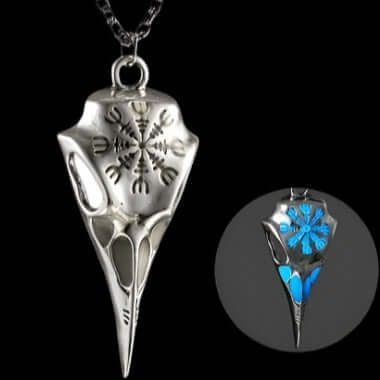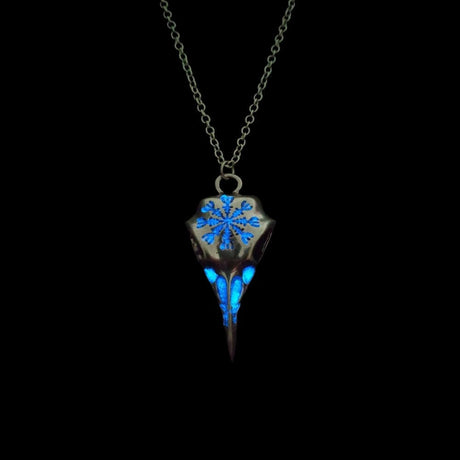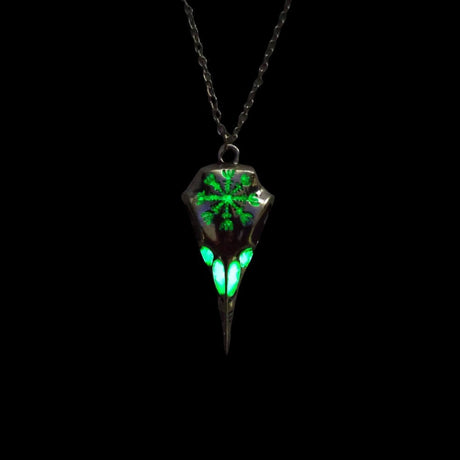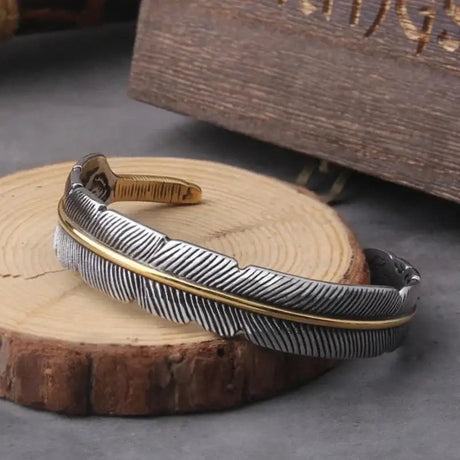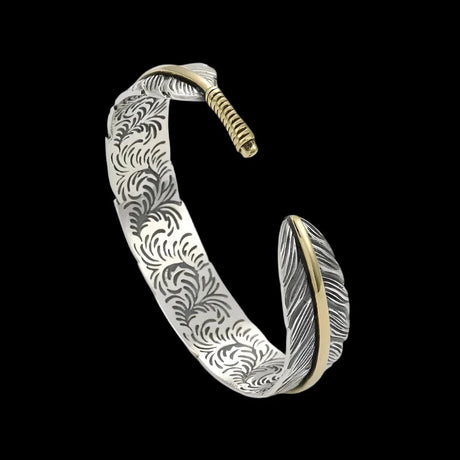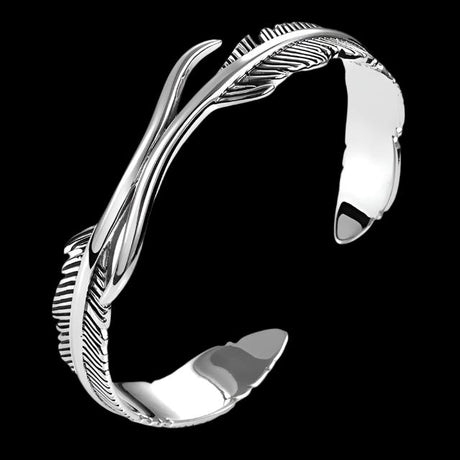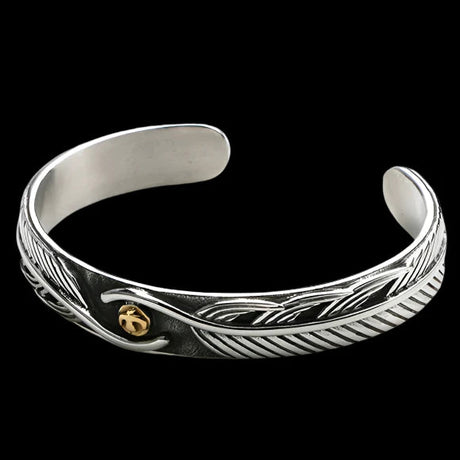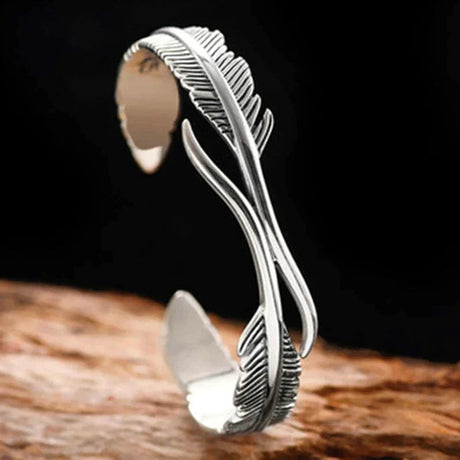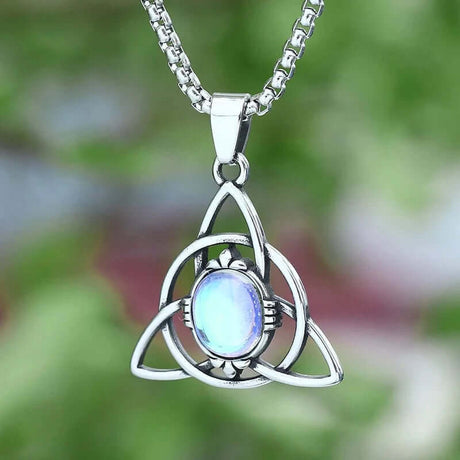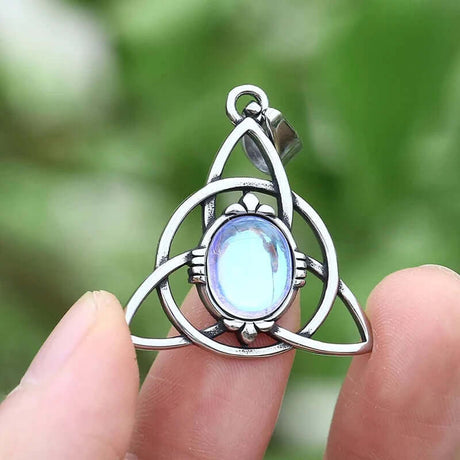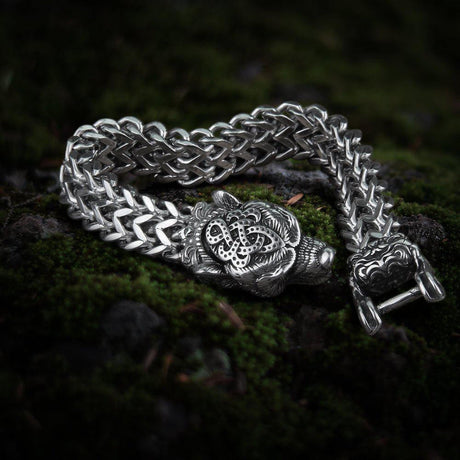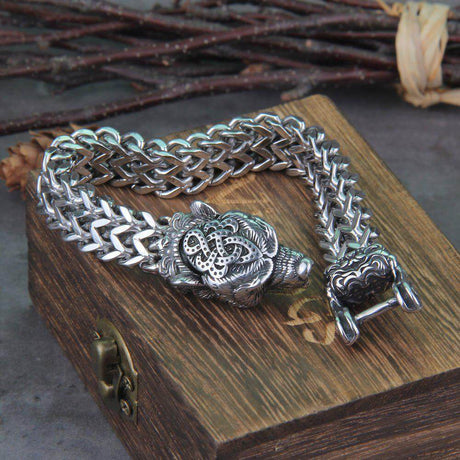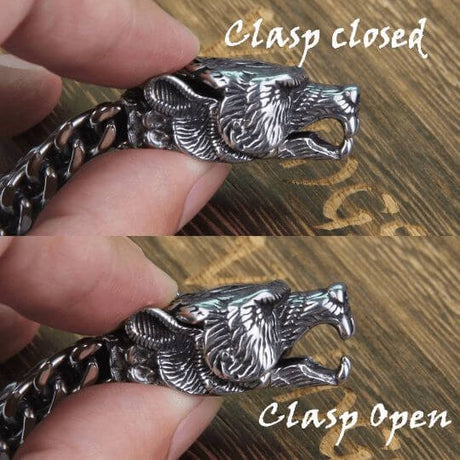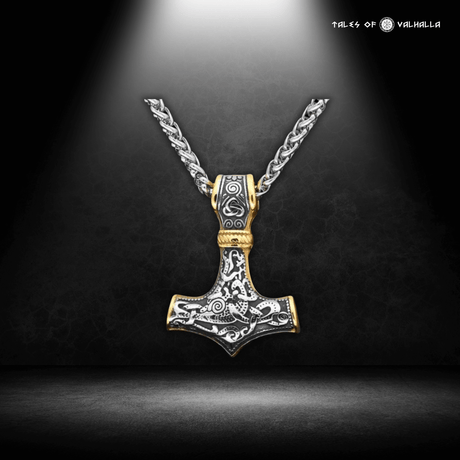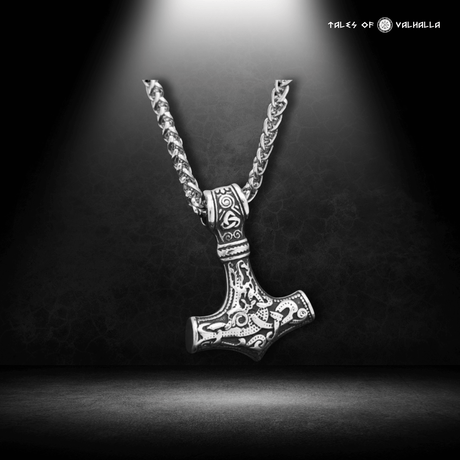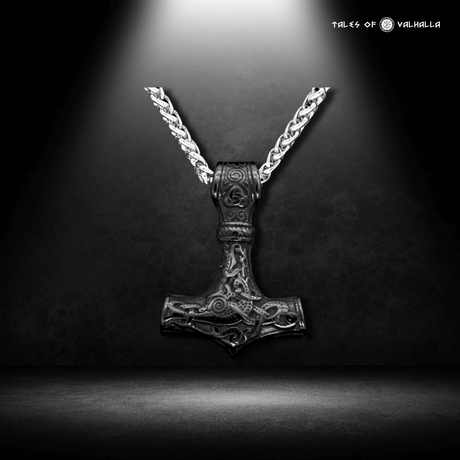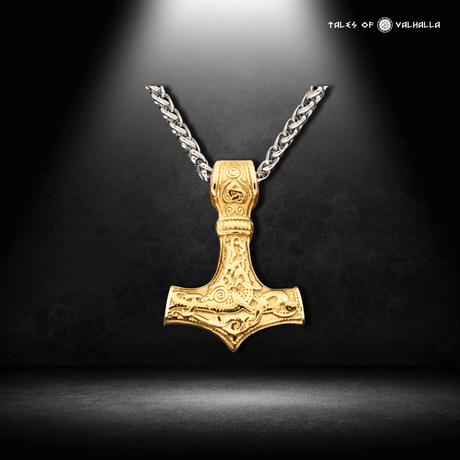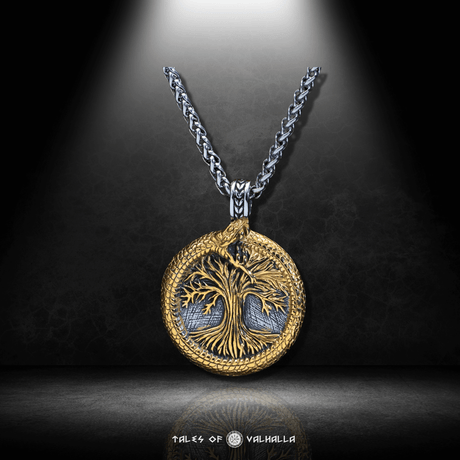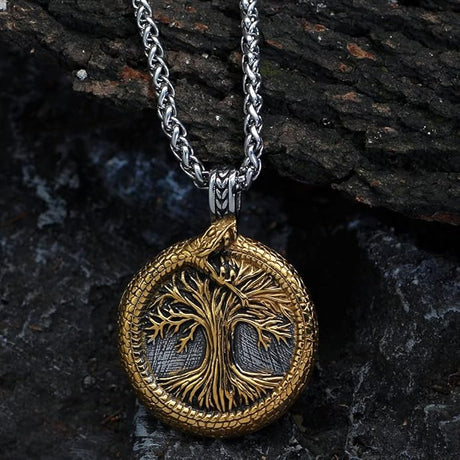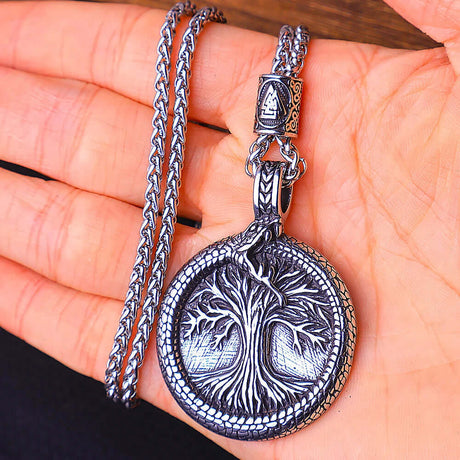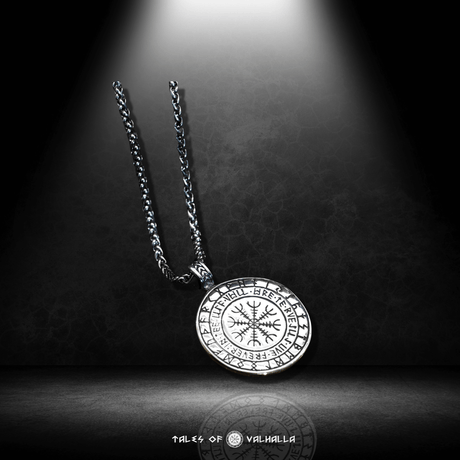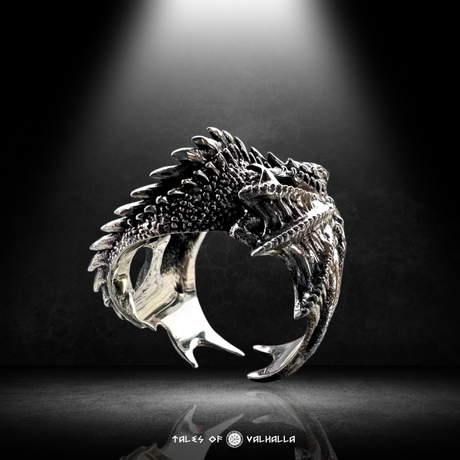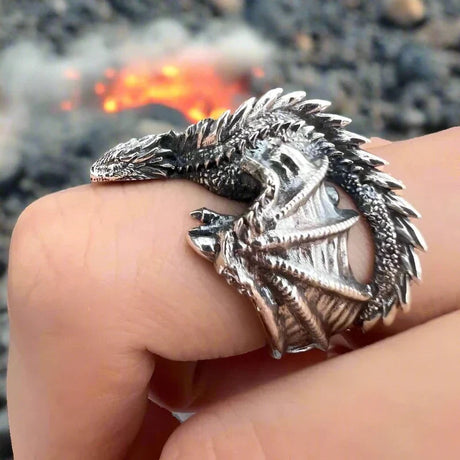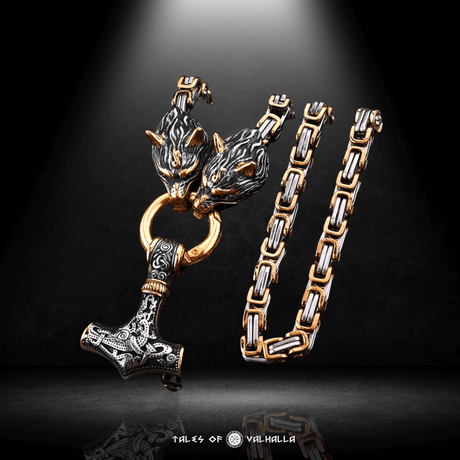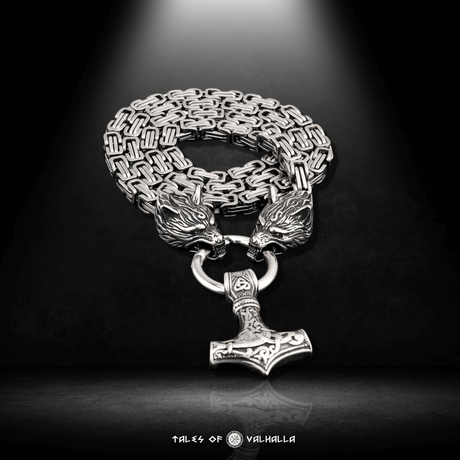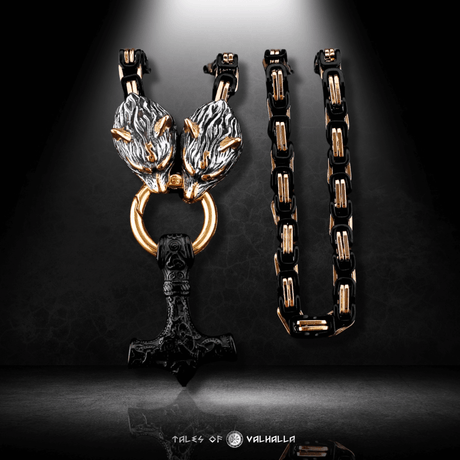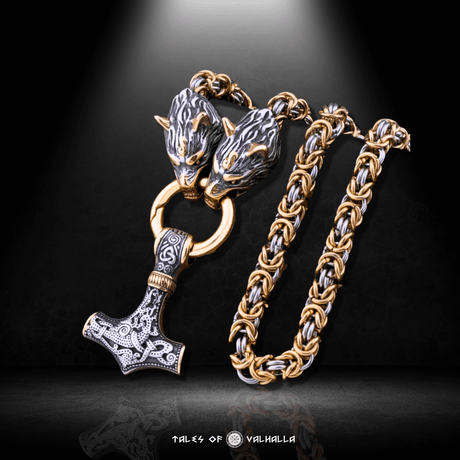The image of the Viking warrior is one of raw power, incredible endurance, and a formidable physical presence. We see them in movies and on television, rowing for days, fighting fierce battles, and exploring the known world. This raises a compelling question that goes to the very heart of their existence: what fuel did this incredible engine run on? What was the Viking diet that allowed these Norsemen to not only survive the harsh northern climates but to conquer vast territories and leave an indelible mark on history?
Forget the pop culture image of Vikings exclusively feasting on giant roasted turkey legs and swilling mead from horns. The historical reality of the Viking diet is a fascinating story of resourcefulness, adaptation, and a deep understanding of the natural world. It was a diet forged by land and sea, shaped by the changing seasons, and mastered through clever preservation. This guide will take you into the longhouse kitchen and onto the shores of the fjords to uncover what these legendary people really ate, and reveal why adopting the principles of the Viking diet might just be the secret to unlocking your own strength and vitality today.
Debunking the Myth: It Wasn't Just Meat and Mead
The first step in understanding the Viking diet is to cast aside the simplistic stereotype of a purely carnivorous lifestyle. While meat and feasting were certainly important parts of their culture, the everyday reality was far more balanced and nuanced. The idea that they survived on a pre-modern "carnivore diet" is a myth.
The true Viking diet was a testament to their environment. It was a whole-foods diet by necessity, built around what could be sustainably farmed, foraged, hunted, or fished locally. It was seasonal, practical, and surprisingly healthy. This powerful way of eating was the foundation of their physical prowess and resilience.
The Pillars of the Viking Diet: What Did They Really Eat?
So, what was on the menu for a typical Norse family in the 10th century? The answer is a robust and varied list of foods sourced from the land and the sea, demonstrating the core principles of the Viking diet.

The Pillars of the Viking Diet: What Did They Really Eat?
From the Sea: The Silver Harvest
For a people defined by their connection to the water, it’s no surprise that the sea was a primary source of sustenance. The fishing and hunting of marine life was a critical component of the Viking diet.
- Fatty Fish: Herring and cod were the undisputed champions of the Viking seafood menu. They were caught in massive numbers. Herring, an oily fish, is packed with Omega-3 fatty acids, which are crucial for brain health and reducing inflammation. Cod was famously wind-dried to create "stockfish," a protein-rich staple that could last for years. Salmon and trout were also prized catches.
- Shellfish and Marine Mammals: In coastal areas, shellfish like mussels and oysters were easily gathered. Vikings were also skilled hunters of seals and whales, which provided enormous quantities of meat, blubber (for oil), and bone. This marine abundance was a key reason the Viking diet was often more nutrient-dense than that of their inland European counterparts.
From the Land: The Bounty of the Farm and Wild
Most Vikings were, first and foremost, farmers. The bóndi, or free farmer, was the backbone of Norse society, and their farmstead was the primary source of food.
- Lean Meat (in moderation): The most common sources of meat were from their own livestock: pigs, cattle, sheep, and goats. Pork was a particular favorite for feasts. The diet was also supplemented by hunting deer, elk, and wild boar. While important, meat was a valuable commodity and not necessarily an everyday centerpiece for the average person.
- Hardy Vegetables: Every farmstead had a kitchen garden (kálgarðr). Archaeological evidence has revealed seeds from cabbage, onions, garlic, leeks, turnips, peas, and beans. These were often used to create a hearty stew called skause, a one-pot meal that was likely a cornerstone of the everyday Viking diet.
- Grains (The True Staple): The most important grain was barley, a hardy crop that could withstand the short growing seasons. It was used to make a dense, dark flatbread and, most importantly, porridge (grøt). This simple porridge was a daily staple, providing slow-release energy for a long day of labor. Oats and rye were also cultivated.
- Dairy's Crucial Role: Livestock provided a steady supply of milk, which was processed into storable products like butter, cheese, and skyr—a thick, tangy, high-protein food similar to a strained yogurt that is still a superfood in Iceland today.
- Wild Foods: The Viking diet was heavily supplemented by foraging. In the summer and autumn, Vikings gathered a wide variety of wild berries (lingonberries, bilberries, cloudberries), apples, plums, and nuts like hazelnuts.
Story Vignette 1: The Strength of the Húsfreyja Ingrid, the matriarch of her family's farmstead, moves with purpose in the early morning light. Her husband and sons are out at sea, checking the fishing nets. Her responsibility is the larder, the very source of their family's strength. Today's dagmal (day meal) is a hearty barley porridge, simmered with milk from their cow and sweetened with a handful of dried berries she and her daughters picked in the late summer. For the nattmal (night meal), a large cod will be stewed with leeks and turnips from her garden. This is the rhythm of her life, a constant cycle of preparation and preservation. She understands the Viking diet not as a choice, but as a partnership with the land and sea, a strategy for survival and a source of their unwavering resilience.
The Viking Secret Weapon: Mastery of Food Preservation
The biggest challenge for the Viking diet was surviving the long, harsh, and dark Scandinavian winters when fresh food was scarce. Their mastery of food preservation was not just a skill; it was a matter of life and death, and it created foods that were incredibly nutrient-dense.
Eating Through the Winter: The Importance of a Full Larder
From the end of the harvest in autumn until the first shoots of spring, Vikings relied almost entirely on preserved foods. This necessity led to the development of several highly effective techniques.
Ancient Superfood Techniques
- Drying (Skreið): This was one of the simplest and most effective methods, especially for fish like cod. The fish was gutted and hung on large wooden racks to dry in the cold, dry air. The resulting "stockfish" was hard as a board but, when rehydrated, provided a vital source of protein throughout the winter.
- Salting: Salt was a valuable commodity, and salting was a primary method for preserving both meat and fish. Food was packed in barrels with layers of salt, which drew out moisture and prevented bacterial growth.
- Smoking: Meat and fish were often smoked over a fire of alder or other hardwoods. This not only preserved the food but also imparted a rich, savory flavor.
- Fermenting: Fermentation was a key part of the Viking diet. Dairy was fermented to create skyr and other yogurt-like products that could last much longer than fresh milk and were packed with beneficial probiotics. Fish was also sometimes fermented in brine.
Story Vignette 2: Fuel for the Voyage Leif the Navigator watched as his crew loaded the provisions onto the longship. Their voyage west would take weeks, perhaps months. Survival depended on the contents of the barrels lining the ship's hold. This was the practical, unromantic face of the Viking diet at sea. Barrels of hard, wind-dried stockfish. Casks of heavily salted herring. Bags of hardtack—a simple, dry flatbread. Sacks of dried peas. And skins of ale. This was the fuel of exploration, a diet designed for endurance, a testament to their mastery of preservation that allowed them to push the boundaries of the known world.
Why You Should Eat Like a Viking: Modern Health Benefits
So, we've established what did Vikings eat. But why should a modern American, with access to a supermarket full of choices, consider adopting the principles of this ancient way of eating? The answer is that the core components of the historical Viking diet align remarkably well with modern nutritional science.

Why You Should Eat Like a Viking: Modern Health Benefits
Rich in Omega-3 Fatty Acids
The Viking diet was incredibly rich in fatty fish like herring, salmon, and cod. These fish are the best natural sources of Omega-3 fatty acids, which are essential for:
- Brain Health: Improving cognitive function and protecting against age-related decline.
- Heart Health: Reducing inflammation, lowering blood pressure, and decreasing triglycerides.
- Mental Well-being: Studies have linked Omega-3s to a reduction in symptoms of depression.
High in Lean Protein
The combination of fish, lean game, and domestic livestock meant the Viking diet provided ample high-quality protein. A high-protein diet is beneficial for:
- Muscle Building and Maintenance: Essential for an active lifestyle.
- Satiety: Protein keeps you feeling full and satisfied, which can help with weight management.
- Metabolic Health: Supporting a healthy metabolism and stable blood sugar levels.
Packed with Fiber and Nutrients
The reliance on root vegetables, cabbage, peas, beans, and whole grains like barley and rye meant the Viking diet was rich in dietary fiber.
- Gut Health: Fiber is crucial for a healthy digestive system.
- Slow-Release Energy: The complex carbohydrates from these sources provided sustained energy, unlike the quick spikes and crashes from modern processed carbs.
The Power of Fermented Foods
Fermented foods like skyr were a staple. These foods are natural sources of probiotics, the "good bacteria" that are vital for a healthy gut microbiome. A healthy gut is linked to:
- Improved Digestion.
- A Stronger Immune System.
- Better Mental Health.
Low in Sugar and Processed Foods
This is perhaps the most important lesson from the Viking diet. They ate real, whole foods because that's all there was. Their diet was naturally free of:
- Refined Sugars.
- Highly Processed Grains.
- Artificial Additives and Preservatives.
- Unhealthy Trans Fats.
By default, the Viking diet was a clean, anti-inflammatory way of eating that modern nutritional science is now championing.
The Modern Viking Diet: A Practical Guide for the 21st Century
You don't need a longship and a homestead to start eating like a Viking. The modern Viking diet is about embracing the principles of this ancient way of eating, not a strict historical reenactment.
What to Eat: Building Your Larder
Focus your meals around these core food groups:
- Fatty Fish: Aim for 2-3 servings a week of salmon, herring, mackerel, or sardines.
- Lean Meats: Include poultry, lean cuts of red meat, and game if available.
- Root Vegetables & Cabbages: Load up on turnips, carrots, beets, cabbage, broccoli, and kale.
- Berries & Fruits: Snack on berries, apples, and plums.
- Fermented Dairy: Incorporate plain skyr, kefir, or unsweetened Greek yogurt.
- Whole Grains: Choose barley, rye, oats, and whole-wheat sourdough bread over refined white bread and pasta.
- Legumes, Nuts & Seeds: Beans, peas, lentils, walnuts, and hazelnuts are all excellent additions.
What to Limit or Avoid
To truly follow the spirit of the Viking diet, minimize or eliminate:
- Sugary Drinks and Snacks.
- Highly Processed Foods (anything in a crinkly bag with a long ingredient list).
- Refined Grains (white bread, white pasta, pastries).
- Foods with Artificial Additives.
Table: The Historical Viking Diet and its Modern Application
Is The Viking Diet Right For You?
If you are looking to improve your overall health, increase your energy levels, and connect with a way of eating that is both powerful and time-tested, then exploring the principles of the Viking diet is an excellent choice. It is not an extreme or restrictive fad diet; it is a sustainable lifestyle built on whole, nutrient-dense foods. By focusing on what people ate to build their strength and endurance, the Viking diet offers a powerful blueprint for modern vitality.
Conclusion
What did Vikings eat? They ate a diet that was dictated by their environment and perfected by their ingenuity. It was a diet of fatty fish from cold waters, lean meat from hardy livestock, robust vegetables from northern soils, and whole grains that provided the energy for a life of action. Through their mastery of preservation, they turned the bounty of summer into the sustenance of winter, creating a way of eating that was both resilient and remarkably healthy.
The historical Viking diet offers us more than just a fascinating glimpse into the past; it provides a timeless and powerful prescription for health and vitality in the modern world. By embracing its core principles—whole foods, high-quality protein, healthy fats, and a rejection of processed junk—we can all tap into the strength and resilience of the Norsemen. The Viking diet wasn't just about survival; it was the fuel that powered a legendary age. And its lessons can help fuel a healthier, stronger future for us all.

